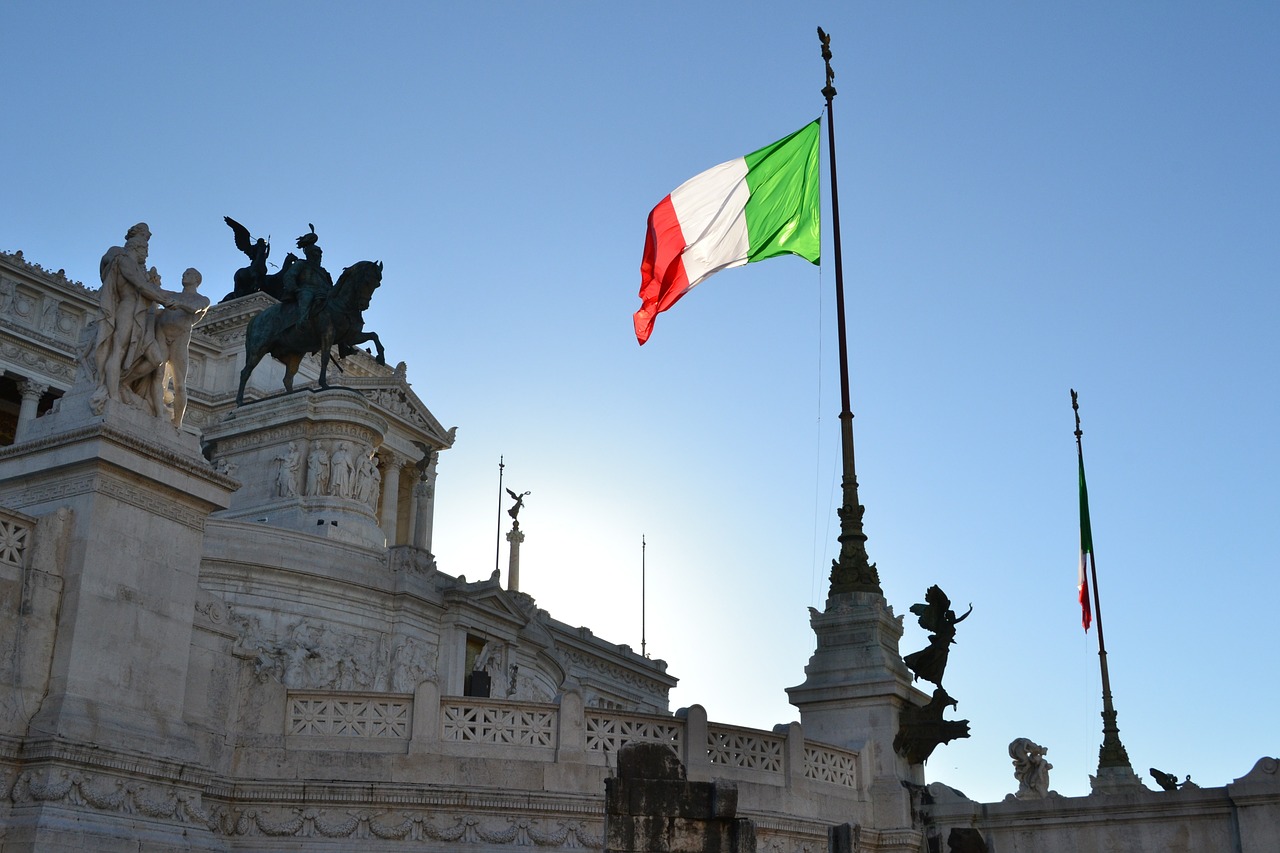Household Energy Price Cap to Fall Due to Decrease in Wholesale Prices
The price cap for household energy is set to fall for the first time since February this year, as wholesale electricity and gas prices have decreased. According to Ofgem, the current price cap of £1,690 will lower to £1,568 for the three months from July to September. This reduction is due to a drop in wholesale prices, which make up a large portion of energy bills.
The energy regulator has assumed a wholesale electricity price of 22.36 pence per kilowatt hour (kWh) and a wholesale gas price of 5.48 pence per kWh for the upcoming quarter. This is a decrease from the current quarter’s prices of 24.50 pence per kWh for electricity and 6.04 pence per kWh for gas. These lower wholesale prices will bring down the wholesale energy component of a typical bill from £720 to £619.
However, some may question why the current price cap remains higher than the level at which it was set during the energy crisis sparked by Russia’s invasion of Ukraine. At the time, the price cap was set every six months, but it is now set quarterly. The price cap in effect before the crisis was £528, lower than the upcoming cap of £619.
In addition to lower wholesale prices, other costs taken into account by Ofgem have also increased since the invasion. Network costs have risen from £268 to £363, supplier operating costs from £203 to £223, and policy costs from £159 to £188. These higher costs reflect the overall increase in inflation since the crisis.
It is important to note that despite a decrease in the headline rate of inflation from 11.2% in October 2022 to 2.3% in April, individual item prices have remained high and have been compounded. This is the case for the cost of electricity and gas, which have both risen since the winter of 2021-22.
The energy suppliers have also seen a rise in staffing costs due to wage inflation, and network operators have experienced higher operating costs due to increased energy and commodity prices. This explains why the energy price cap this summer will still be almost £300 higher than before the energy crisis.
In conclusion, the decrease in household energy price cap is a result of lower wholesale prices, but other costs have risen since the energy crisis. This highlights the impact of inflation on energy prices and the overall economy.




